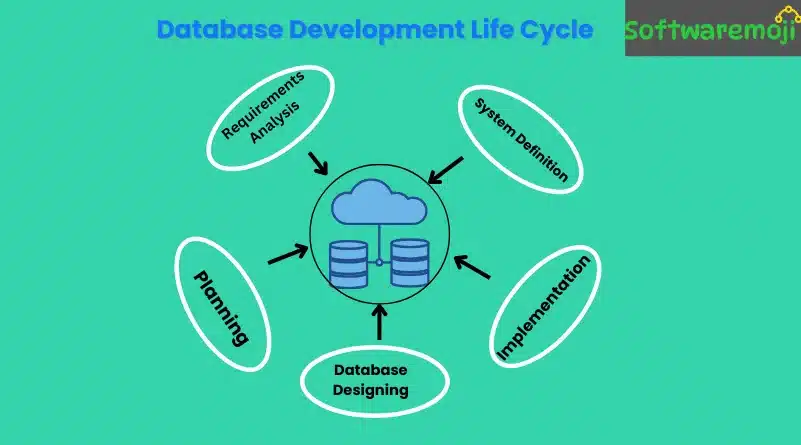
What is Database Design?
Database Design in DBMS Tutorial: Database design is the process of structuring and organizing data efficiently to facilitate easy management, storage, and retrieval. A well-designed database improves performance, ensures data consistency, and reduces redundancy.
In DBMS (Database Management Systems), database design consists of two major components:
- Logical Design – Focuses on the structure and relationships of data without considering physical storage.
- Physical Design – Implements the logical model into actual storage using a DBMS like MySQL, Oracle, or SQL Server.
Why is Database Design Important?
- Ensures efficient data retrieval and management.
- Helps create a high-performance database system.
- Reduces data redundancy and improves consistency.
- Supports scalability and future system expansion.
Database Development Life Cycle (DDLC)
Database Design in DBMS Tutorial: The database development life cycle outlines the key stages in designing a database system.
1. Requirements Analysis
- Define the scope and boundaries of the database system.
- Identify the data requirements of users and applications.
2. Planning
- Align database design with the organization’s Information Systems strategy.
- Consider hardware, software, and storage requirements.
3. System Definition
- Determine the functional and operational requirements of the database.
- Define the user roles and data access policies.
4. Database Designing
a) Logical Model
- Database Design in DBMS Tutorial: Develop a blueprint of the database structure based on business requirements.
- Focus on relationships, constraints, and entity structures.
b) Physical Model
- Translate the logical model into an actual DBMS implementation.
- Define storage formats, indexing strategies, and optimization techniques.
5. Implementation
- Data conversion & migration: Import data from an existing system into the new database.
- Testing: Validate the database against requirements and check for errors.
Key Database Design Techniques
1. Normalization
Database Design in DBMS Tutorial: Normalization is the process of organizing data to eliminate redundancy and improve efficiency. It involves dividing large tables into smaller, related tables based on normal forms (1NF, 2NF, 3NF, BCNF, etc.).
Benefits of Normalization:
✅ Reduces data duplication
✅ Ensures data integrity
✅ Improves query performance
2. Entity-Relationship (ER) Modeling
ER modeling visually represents database structures using:
- Entities (Tables) – Represent objects like customers, products, or orders.
- Attributes (Fields) – Define the characteristics of entities.
- Relationships – Show how entities are connected.
ER diagrams help developers design an optimized database structure before actual implementation.
Summary
- Database Design in DBMS Tutorial: Database Design is crucial for building scalable, efficient, and high-performance database systems.
- The Database Development Life Cycle (DDLC) includes analysis, planning, designing, implementation, and testing.
- Normalization removes redundancy, while ER Modeling helps visualize data relationships.
- Proper logical and physical design ensures optimal data storage and retrieval.
By following these best practices, you can create a well-structured and highly optimized database system that meets business needs.
Click To Open
